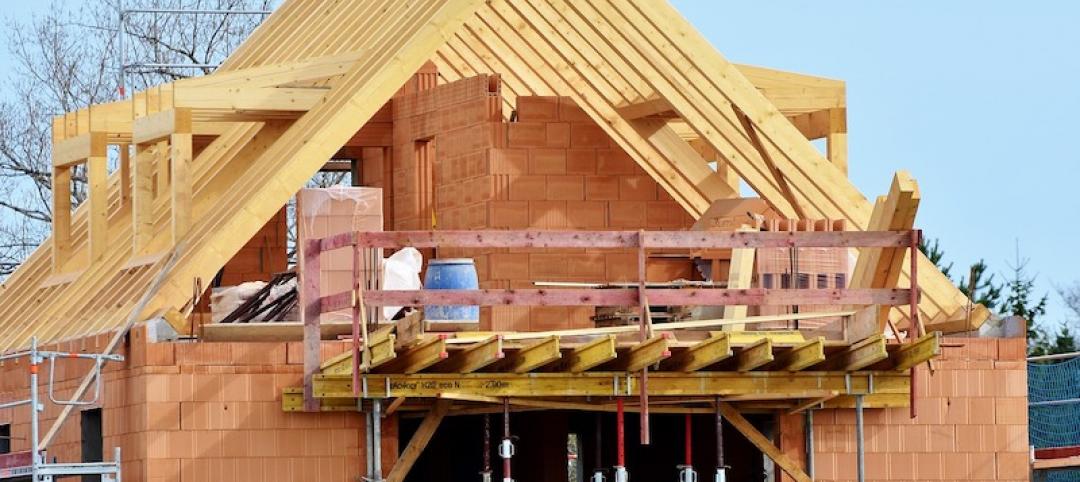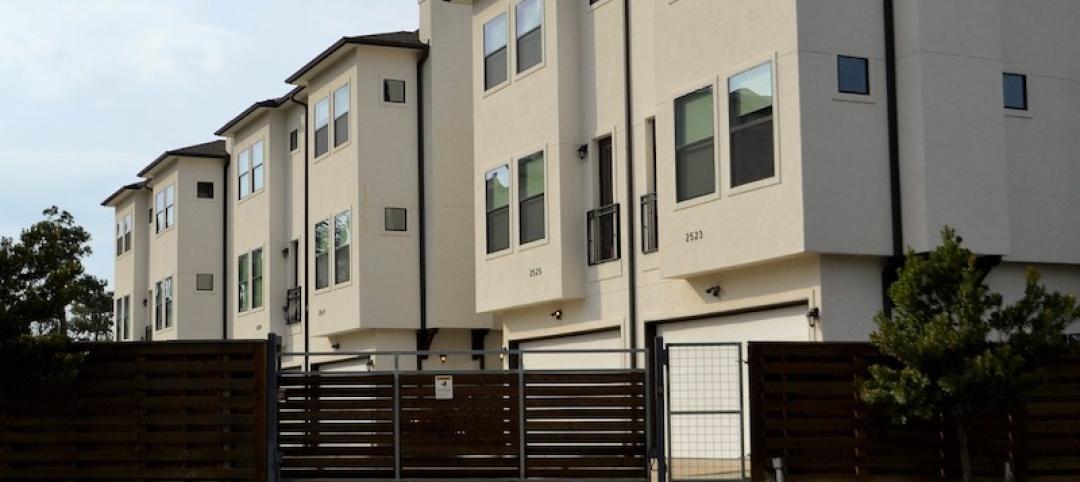The Sacramento Municipal Utility District (SMUD) recently adopted a climate emergency declaration.
The declaration includes a commitment to working toward an ambitious goal of delivering carbon-neutral electricity by 2030. “The declaration recognizes the immediate risks to our community and demands bold action to achieve results,” according to a SMUD news release.
“This resolution commits SMUD to finding reductions in the quickest way possible and investing in our most vulnerable communities,” said SMUD Board President Rob Kerth. In 2018, SMUD successfully reduced greenhouse gas emissions by 50% from 1990 levels, according to the release.
SMUD’s most recent Integrated Resources Plan focuses on local renewables and includes a $7 billion investment to achieve the following goals:
Nearly 2,900 megawatts (MW) of new carbon-free resources including:
· 670 MW of wind
· 1,500 MW of utility-scale solar, of which, nearly 300 MW will be built in the next three years
· 180 MW of geothermal
· 560 MW of utility-scale energy storage
An aggressive strategy to expand demand-side resources including:
· Nearly 600 MW of installed rooftop solar
· The equivalent of 900,000 local electric vehicles and 400,000 all-electric homes
· Nearly 200 MW of demand response programs
· Over 200 MW of customer-installed batteries
Related Stories
Codes and Standards | Nov 6, 2019
Undisclosed ICC agreement with NAHB alleged to thwart more stringent efficiency codes
Homebuilders’ seats on ICC made it easier to block new provisions, report alleges.
Codes and Standards | Nov 4, 2019
ASHRAE releases new version of energy efficiency standard for buildings
Standard 90.1 includes revisions of envelope, lighting, HVAC provisions.
Codes and Standards | Nov 1, 2019
Resiliency of a community’s housing stock can be measured according to new benchmark
Metric can help municipalities prepare for disasters.
Codes and Standards | Oct 31, 2019
FEMA, ICC release updated guide on integrating I-Codes into floodplain management regulations
Provides advice on satisfying requirements for the National Flood Insurance Program.
Codes and Standards | Oct 30, 2019
ILFI releases new version of Living Building Challenge Framework for Affordable Housing
Document includes updated findings, case studies, new strategies for financing, designing, building affordable housing.
Codes and Standards | Oct 28, 2019
U.S. military demands landlords address health hazards in troop housing
Air Force threatens formal dispute process.
Codes and Standards | Oct 24, 2019
ASHRAE design contest winners demonstrate building resilience
Model building, a city hall, could operate without utility service for two weeks.
Codes and Standards | Oct 22, 2019
Efficient material design, low-carbon concrete are critical to cutting GHG emissions in construction
Enhancing building utilization and reusing materials also aid carbon reduction.
Codes and Standards | Oct 21, 2019
Historic properties not exempt from Americans With Disabilities Act
Some exceptions do apply.
Codes and Standards | Oct 18, 2019
St. Louis could save $61 million per year in energy costs by improved building performance
GHG gases can be reduced by at least 11% with upgrades to public buildings and large private buildings.

















